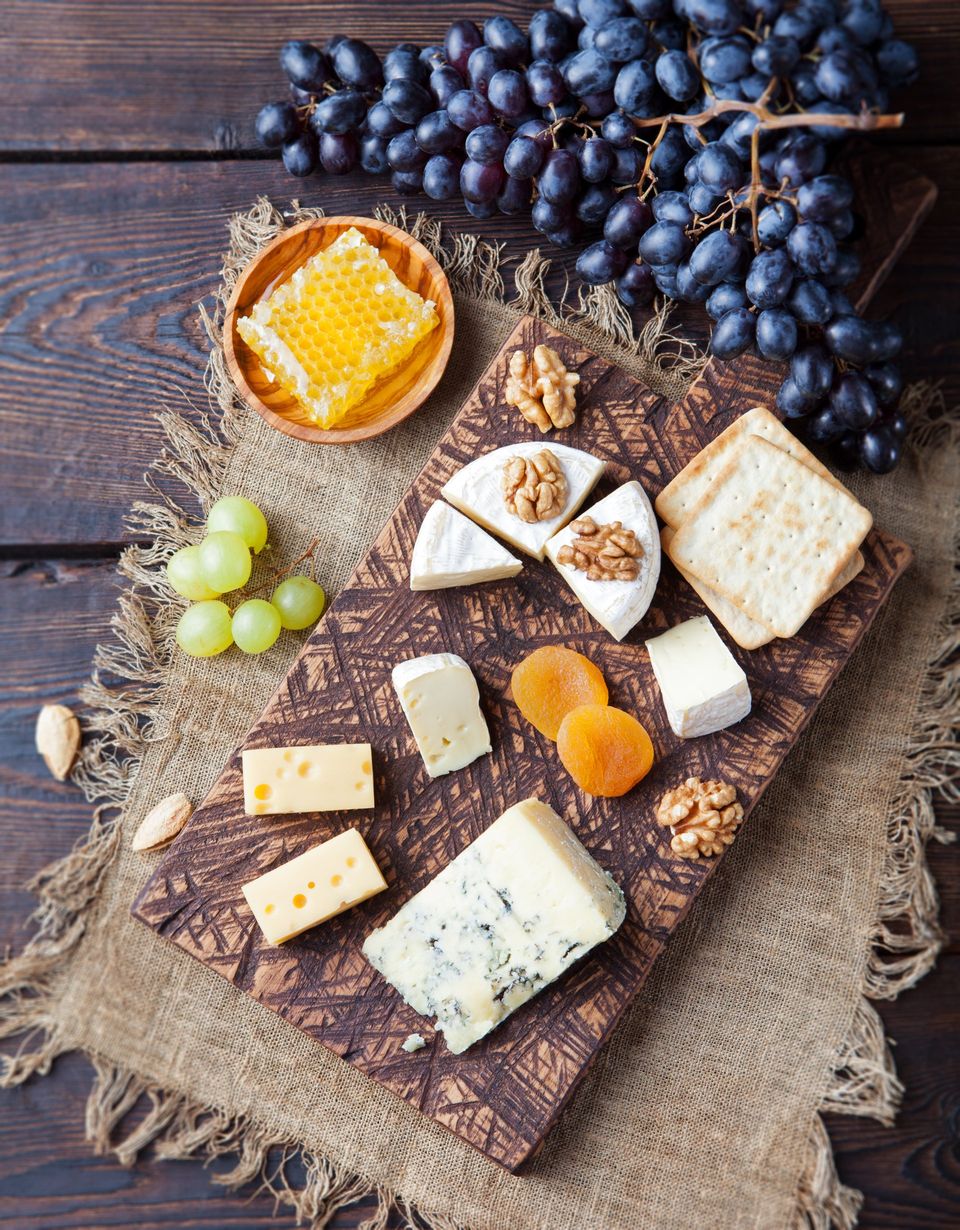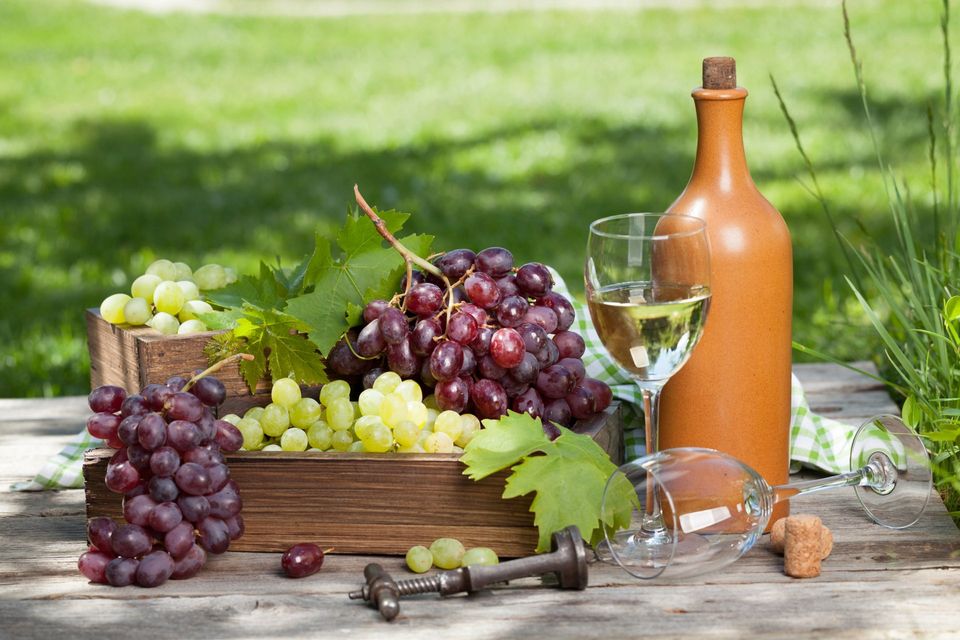Wine Project
Wine
- Something for every palate, whether you prefer red, white, or rose, sparkling or still, sweet or dry. Find your old favorites or browse by grape variety, region, or both to discover something new. Choose a wine to sip on its own, enjoy with dinner, or celebrate a special occasion—or send a great bottle as a gift.
Culture

WINE: A CULTURE OF MODERATION
Wine has evolved as part of life, culture and diet since time immemorial. As an enduring cultural symbol of fine life, the role of wine has evolved over time, changing from an important source of nutrition to a cultural complement to food and conviviality compatible with a healthy lifestyle.
The art of viticulture and winemaking has also evolved. Nevertheless, in this long historical path, one thing remains unchanged and has never been neglected; the association of wine with gastronomy, history, tradition, origin, local quality products and dignified social settings.
Cultural appreciation of wine reflects the diversity of the wine regions, the savoir-vivre and culinary habits. Quality products incite moderate consumption patterns, as it is only by savouring wine moderately and slowly that its unique complex flavours and character can be fully appreciated and enjoyed.
The wine sector and its economic operators, make an invaluable economic, social, agricultural and environmental contribution. Wine regions across the world produce an endless variety of superb products. While wine remains a natural product, technological innovations have provided better hygiene and control of the production process, contributing to the production of wines suited to contemporary consumers' palate. Today, with the overall consumption of wine declining, consumers increasingly choose higher quality wines to be enjoyed in moderation as part of a modern, sustainable and healthy lifestyle.
However, in contrast to the inherent culture of wine, many countries are experiencing concerning trends in alcohol misuse, especially related to so-called binge drinking amongst a particular socio-economic and age group, with major health,legal, economic and social implications. Despite the differences in consumption witnessed worldwide, studies show moderate consumption remains the general norm; only a minority of people misuse the high-quality beverage that is wine.
Recognising the health dangers and the negative social and economic consequences that can be caused by the misuse of alcoholic beverages and the fact that responsible consumption patterns of wine can be compatible with a healthy lifestyle, today’s culture of wine must include a common stakeholder commitment to ensuring that responsible and moderate drinking remains the social norm.
"Responsible and moderate consumption of wine must be promoted: wine is only appreciated to its fullest in moderation."
History and Tradition

LEAVING BEHIND BARBARISM
The culture of wine in Europe predates the Romans: in ancient Greece, wine was praised by poets, historians and artists, and was frequently referred to in the works of Aesop and Homer. In Greece, however, wine was considered the privilege of the upper classes. Dionysus, the Greek god of wine, represented not only the intoxicating power of wine, but also its social and beneficial influences. He was viewed as the promoter of civilization, a lawgiver, and lover of peace — as well as the patron deity of agriculture and the theatre. Indeed, according to ancient Greek historian Thucydides, “the peoples of the Mediterranean began to emerge from barbarism when they learnt to cultivate the olive and the vine”.
CELEBRATING MODERATION
Wine has evolved as part of life, culture and diet since time immemorial. Wine making emerged in Europe with the expansion of the Roman Empire throughout the Mediterranean, when many major wine producing regions that still exist today were established. Even then, wine making was a precise husbandry that fostered the development of different grape varieties and cultivation techniques. Barrels for storing and shipping emerged, bottles were used for the first time, and even a rudimentary appellation system developed as certain regions gained a reputation for fine wine. As wine production became progressively refined, its popularity increased, and wine taverns became a common feature in cities throughout the Empire.
THE ART OF VINI CULTURE SPREADING OVER EUROPE
With centuries passing , the art of wine making spread to France, Spain, Germany and parts of Britain. By that time, wine was considered an important part of daily diet and people began to favour stronger, heavier wines. European appreciation of wine endured throughout the Dark Ages. Partly because drinking water was still unreliable, wine was the preferred alternative to accompany meals. At the same time, viticulture and viniculture advanced thanks to the husbandry of Church monasteries across the continent, which gave rise to some of the finest vineyards in Europe. The Benedictine monks, for example, became one of Europe’s largest wine producers with vineyards in France’s Champagne, Burgundy, and Bordeaux regions, as well as in the Rheingau and Franconia regions of Germany. The merchant and noble classes had wine with every meal and maintained well-stocked cellars.
During the 16th century, wine became appreciated as a more sophisticated alternative to beer and as wine products began to diversify, consumers began to value the concept of varying their drinking habits. People began to discuss the virtues and vices of wine with greater gusto than in previous centuries. Elizabethan England celebrated bard Shakespeare remarked that “good wine is a good familiar creature if it be well used”, implicitly commenting on the misuse of wine at this time. The Shakespearian era saw the availability of fresh drinking water in London, a breakthrough that moved the wine industry into a new age.
THE GOLDEN AGE OF WINE
Improved production techniques in the 17th and 18th centuries resulted in the emergence of finer qualities of wine, glass bottles with corks began to be used, and the corkscrew was invented. The French wine industry took off at this point, with particular recognition being given to the clarets of the Bordeaux region by merchants from the Low Countries, Germany, Ireland and Scandinavia. Bordeaux traded wine for coffee and other sought-after items from the New World, helping to cement the role of wine in emerging world trade.
While the 19th century is considered the golden age of wine for many regions, it was not without tragedy. Around 1863 many French vines suffered from a disease caused by the Phylloxera aphid, which sucked the juice out of the roots. When it was discovered that vines in America were resistant to Phylloxera it was decided to plant American vines in affected French regions. This created hybrid grapes that produced a greater variety of wines.
WINE TODAY
Over the last 150 years, wine making has been totally revolutionised as an art and science. With access to refrigeration, it has become easy for wineries to control the temperature of the fermentation process and produce high quality wines in hot climates. The introduction of harvesting machines has allowed winemakers to increase the size of their vineyards and make them more efficient and more efficient. Although the wine industry faces the challenge of meeting the demands of an ever-larger market without losing the individual character of its wines, technology helps to ensure a consistent supply of quality wines.
Technology and Innovation

A NATURAL PRODUCT: CENTURIES OF PASSION, A MULTITUDE OF VARIETIES
Wine is a natural, agricultural product defined by international organisations and recognised by the EU Treaties and the EU legislation as a “product obtained exclusively from the total or partial alcoholic fermentation of fresh grapes, whether or not crushed, or of grape must”.
Wine is a strictly regulated product, from the vineyard to the consumer through comprehensive and specific standards that cover wine production, including soils, planting areas, the authorisation of vine varieties, and wine making.
Wine making is both an art and a science, and different climates and soil types will impact on a single grape variety. Many different styles of wine have emerged as a result of differing viniculture methods, and few winemakers would agree on just one “correct” method of wine making.
Each wine is unique. Soil, weather, geology, varietals, and the style of wine making, are all decisive yet variable factors that give each wine a unique character.
Wine regions in both the Northern and Southern Hemisphere produce an endless variety of superb products. While wine remains a natural product, technological innovations have provided for better hygiene and control of the production process, contributing to the production of wines suited to the palate of contemporary consumers.
Today consumers look for higher quality products and while the overall consumption of wine is dropping, demand for high quality wines is increasing. Consumers are drinking less but “better”.
Winemakers all over the world are combining wine making traditions of millennia with innovative approaches and ideas, to address consumer demand for high quality products and a sustainable and healthy lifestyle.
Origin

REGIONALITY
The aim of viticulture around the world is to produce the best possible quality grapes in preparation for winemaking. The key influences of soil composition, temperature through the various stages of the season, rainfall, wind exposure, topography and orientation all play a major role in determining the most outstanding sites for the production of high quality wine. The ability to express the character and conditions of vineyard site in the finished wine is one of the most sought after attributes in fine wine.
Regionality, known also as “terroir” is not only expressed by the environmental factors but also by the human factor. Knowledge is passed from one generation to the next, consistently evolving while preserving and expanding centuries of heritage.
Discovering the unique characters of different regions is an opportunity to learn more details about the provenance and history of a wine.